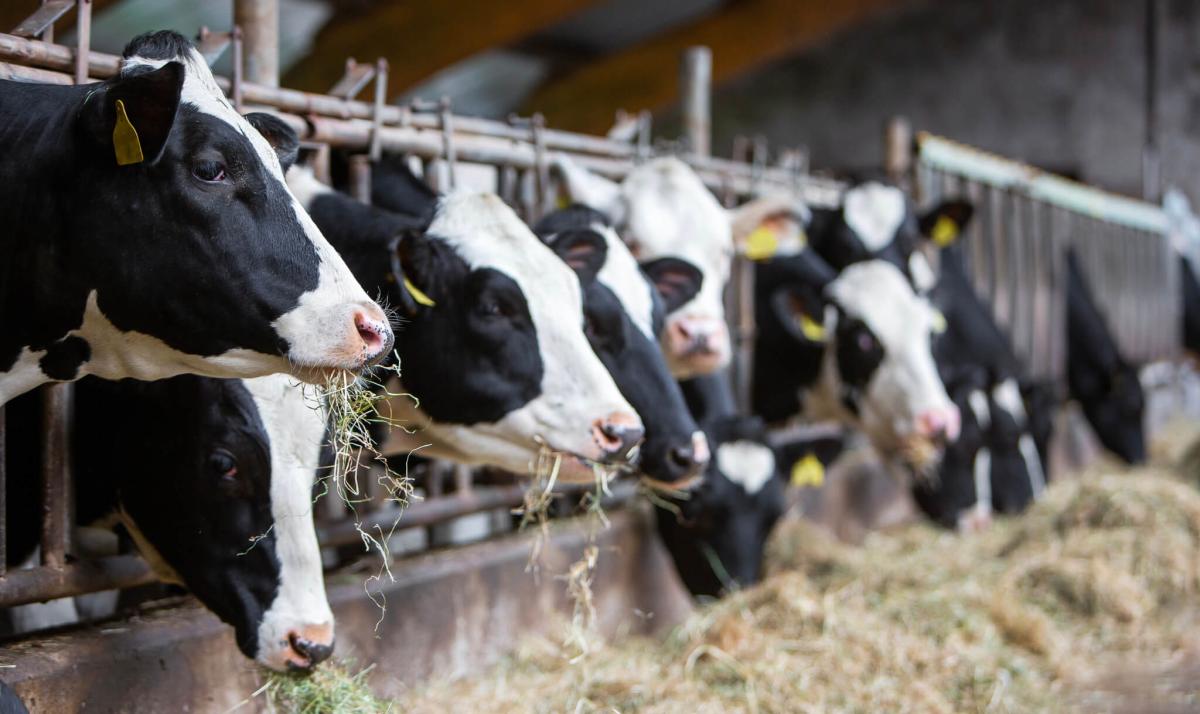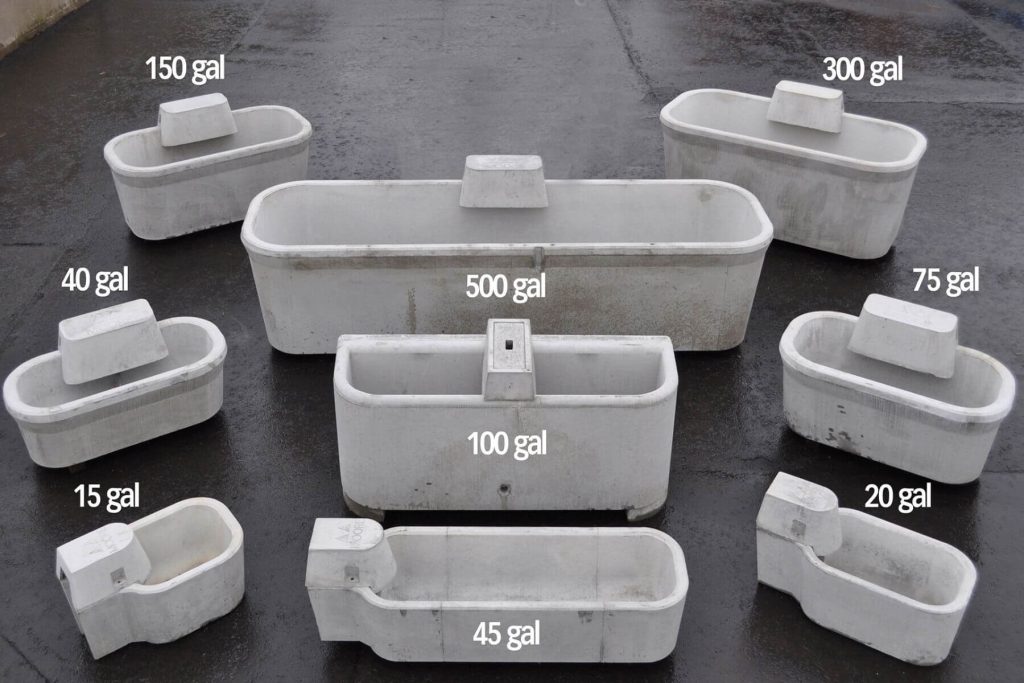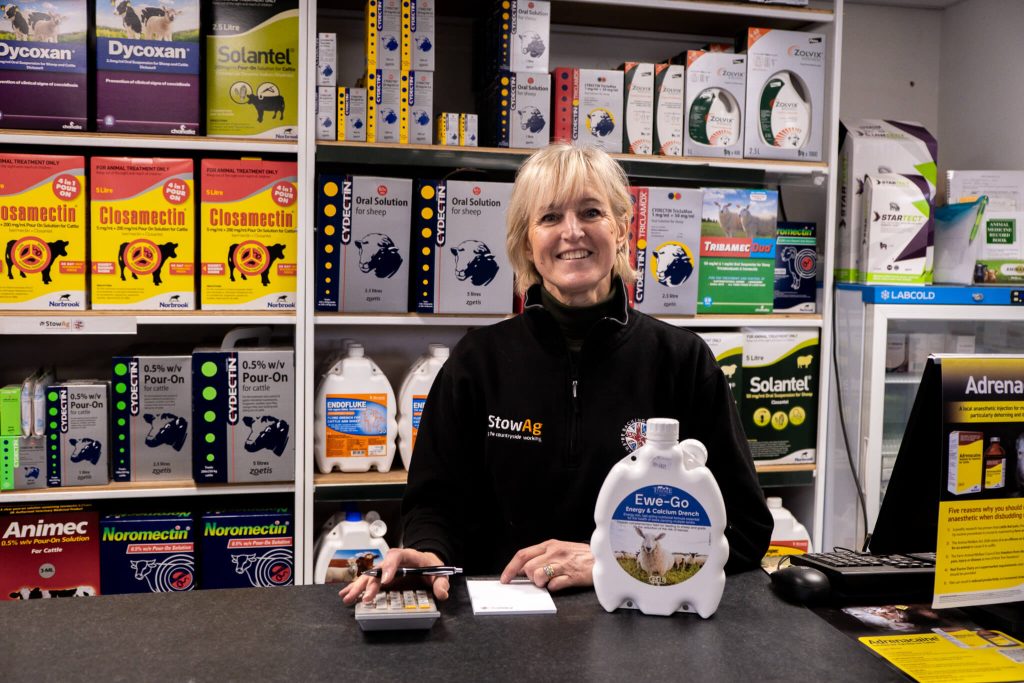
As autumn sets in, farmers & smallholders must begin preparing for the cooler weather and the unique challenges it brings. Whether you’re housing cattle, sheep, goats, or poultry, ensuring they’re comfortable and well-protected during the seasonal transition is essential for their health and wellbeing. Here are the top 7 things to consider when housing livestock this autumn:
1. Shelter from the Elements
Autumn brings a mix of cool nights, heavy rains, and fluctuating temperatures. Effective shelter protects livestock from wind, rain, and early frosts. Ensure your sheds, or other housing structures are in good condition:
Check for leaks: Repair roof damage or any areas where rain might seep through.
Feeding operations: Ensure your shed is set up to efficiently feed livestock with the help of feed barriers
Ventilation: Good airflow prevents respiratory issues, especially in enclosed spaces.
Insulation: While not always necessary for all species, insulating your barn or providing windbreaks can help animals maintain body heat.
2. Bedding and Flooring
Providing adequate bedding is essential as temperatures drop. It keeps animals warm and prevents them from lying on cold, damp floors, which can lead to health issues. Consider:
Straw or hay bedding: Great for warmth and comfort.
Wood shavings or sand: Suitable for some livestock, providing better drainage and cleanliness.
Regular cleaning: Wet bedding can cause skin infections and invite parasites.
3. Proper Nutrition
As temperatures fall, livestock require more energy to stay warm. This means you’ll need to adjust their diets:
Increase feed: Animals may need more calories to maintain their body condition, especially if grazing quality declines in autumn.
Add hay or silage: As grazing becomes less nutritious, supplementing with high-quality forage ensures they continue receiving essential nutrients.
Mineral blocks: Make sure they have access to mineral and salt blocks to boost immune function. Working with experts, we've developed our own range of mineral supplements with formulations to suit all livestock categories.
4. Water Supply and Maintenance
Even though it’s cooler, livestock still need plenty of water. As autumn progresses and temperatures drop, you should:
Accessing water: Choose a robust trough to ensure it doesn’t lose their shape or move from being pushed around by livestock.
StowAg tip: Our concrete water troughs are a suitable choice as they are designed for animal safety with rounded corners both internally and externally, including the base.
Regular cleaning: With falling leaves and dirt, water sources can easily get contaminated, so clean them regularly.

5. Health Monitoring and Vaccinations
Autumn is a critical time for livestock health, as temperature changes and weather conditions can lead to respiratory diseases and other health problems:
Vaccinations: Consult your vet to ensure your livestock is up to date on their vaccinations, particularly for respiratory diseases common in autumn.
Regular checkups: Watch for signs of illness, such as coughing, lethargy, or a decrease in feed intake. Early detection of health issues can prevent major outbreaks.
6. Parasite Control
The dampness and cool temperatures of autumn can lead to an increase in parasite activity. Keep your animals healthy by speaking to our experienced SQPs who will advise on suitable solutions for your livestock.

7. Security and Fencing
As animals start to be moved, fencing may be required to keep livestock where they should be. Ensuring your fencing is secure is crucial to preventing escapes:
Inspect fences regularly: Look for breaks, loose wires, or sagging areas that could allow animals to get through.
Metal fencing solutions: Consider investing in durable fencing, like metal fencing systems, which can withstand autumn storms and ensure livestock stay contained.
StowAg Tip: Choose our patented flagship range of Fetra metal fencing which is fast and easy to install, with an extended lifespan that is backed by a 40 year warranty, offering substantial long term savings
As autumn brings new challenges for farmers and smallholders, preparation is key. By focusing on shelter, nutrition, health, and security, you can ensure your animals remain healthy and productive as they transition into the colder months.
